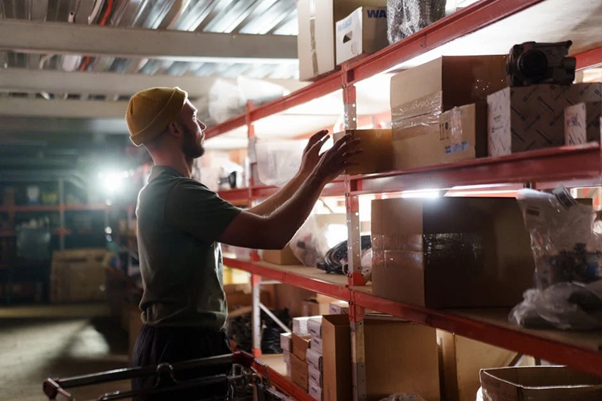Selecting the ideal storage unit size can be a daunting task, balancing budget constraints with the need for sufficient space. This guide aims to demystify the process, providing practical advice to help you determine exactly what size storage unit fits your personal or business storage needs. Whether you’re downsizing, decluttering, or storing inventory, the right choice will save you time, money, and hassle in the long run.
Understanding Self Storage
Self-storage facilities offer a flexible and secure option for individuals and businesses looking to store belongings temporarily or long-term. These units come in various sizes, from small lockers for personal items to large spaces that can house furniture, vehicles, or business inventory. Many self-storage facilities prioritize Secure storage, ensuring safety for personal and commercial assets through surveillance and controlled access systems, creating peace of mind for renters. The appeal of self-storage lies in its accessibility, allowing renters to access their items whenever needed, and its security features.
Assessing Your Storage Needs
Before venturing into the process of renting a storage unit, it’s crucial to evaluate what you are planning to store. Start by making a comprehensive list of items, which will help you visualize the space required. Remember, it’s not just about fitting everything into the unit but also ensuring you have enough room to maneuver and access items without hassle. Consider the nature of items as well — sensitive or valuable items might require climate-controlled units to prevent damage from temperature fluctuations or humidity.
Size Options and Their Uses
Storage units typically range from small sizes like 5’x5′ (equivalent to a small closet) to larger options such as 10’x30′ (capable of housing the contents of a full household). A 5’x5′ unit is perfect for personal items, seasonal decorations, or outdoor gear. Upgrading to a 10’x10′ or 10’x15′ unit suits those looking to store furniture or the contents of a one-bedroom apartment. For extensive storage needs, such as business inventory or full household items, larger units are advisable.
Maximizing Storage Space
To make the most of your storage unit, strategic packing and organization are key. Utilize shelving to keep boxes accessible and off the ground, protecting valuable items from potential damage. Disassemble furniture when possible to conserve space and cover items with dust sheets to keep them clean. Labeling boxes clearly on multiple sides can save considerable time and frustration when you need to find specific items later on.
Cost Considerations
The cost of renting a storage unit varies widely based on size, location, and additional features like climate control. While it may be tempting to save money by selecting a smaller unit, overcrowding can lead to damaged items and additional stress. Conversely, renting more space than you need can unnecessarily strain your budget. Look for facilities offering flexible terms, allowing you to adjust your space as your storage needs evolve.

Choosing the right size storage unit requires careful consideration of your storage needs, the nature and volume of items to be stored, and your budget. By assessing what you need to store, understanding the size options and their practical applications, employing strategies to maximize space, and considering cost factors, you can select a unit that offers the perfect balance of size, security, and affordability. Remember, the goal is to ensure your belongings are protected, accessible, and stored in a cost-effective manner.

